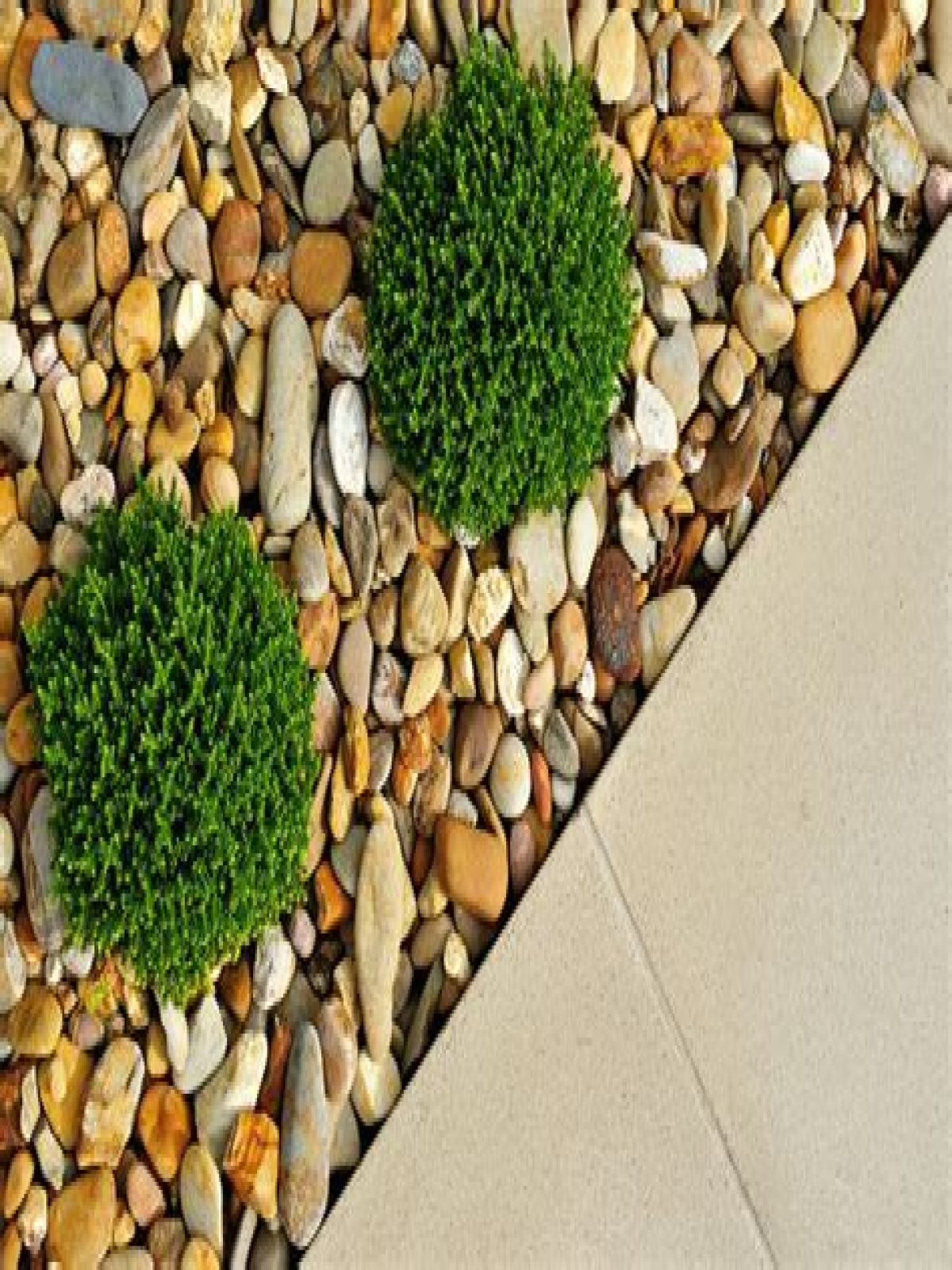What is the least expensive rock for landscaping?
What is the cheapest rock for landscaping? Crushed gravel and pea gravel tend to be the cheapest landscape rocks.
Are rocks expensive for landscaping?
Depending on the material you choose, expect to pay $20 to $100 per cubic yard of landscape stone, or $0.75 to $4 per cubic foot. Landscape rocks are an aesthetically-pleasing and cost-effective choice for a wide variety of projects, including stone and gravel driveways, patios and walkways, and retaining walls.
What kind of rock is good for landscaping?
Rockin’ Landscapes: The 5 Best Types of Landscape Rocks
- Decomposed Granite. If you want a soft, rustic look for your yard, decomposed granite is one of the best landscape rock types out there.
- Pea Gravel.
- Crushed Granite Gravel.
- Lava Rock.
- River Rock.
What is Texas gravel?
Pea Gravel is a native Texas stone that is round and about 3/8” in size. This native material ranges in color from white to brown primarily, with a little bit of additional color. It is also available in another variety that ranges from cream to white.
Is rock or mulch better for landscaping?
Rocks are great at suffocating weeds and show a better success rate at weed-prevention than mulch. Stone cover is perfect for low-water gardens and landscapes. However, stones aren’t the perfect solution for gardens that may get a lot of sun because they can hold more heat than mulch.
How much area does a ton of rock cover?
2000 lbs./ 1 Ton pallet of River Rock. One (1) ton of river rock covers approximately a 50-75 sq. ft. area.
Does River rock attract snakes?
Avoid using mulch and large rock in your landscaping. These materials attract snakes and their prey, and can create breeding and overwintering habitat. Instead, use smaller tight-fitting rock such as gravel or river rock. Avoid water gardens and Koi ponds as these water features attract snakes.
How do I prepare my yard for gravel?
- Step 1: Dig out the Path’s Shape. Step 1 Kolin Smith.
- Step 2: Form the Trench.
- Step 3: Add Crushed Stone.
- Step 4: Compact the Stone Base.
- Step 5: Lay down the Landscape Fabric.
- Step 6: Install the Edging.
- Step 7: Tap down the Edging.
- Step 8: Fill the Path with Gravel.
Should I use fill dirt or topsoil?
Remember, fill dirt is normally used to add stability to your yard or project. Topsoil adds nutrients to the dirt and is typically used for gardens and plant/grass growth. Both types of dirt are necessary but each is used for different reasons.
Should you put rocks around your house?
Laying gravel around a building foundation has benefits and disadvantages, all depending on soil type and grade. Gravel beds around a foundation are safe as long as they do not impede water drainage or keep the adjacent soil too moist, which encourages termites.
Why choose Texas rock and flagstone Lubbock?
Texas Rock and Flagstone in Lubbock, Texas supplies decorative stone and aggregate. If you’re looking to build a flagstone patio or enhance your garden with decomposed granite, we have the rock you need. You’ll find a variety of styles and types of decorative stone, from Arizonan -sourced river rocks to sandstone boulders.
Where can I buy rocks and gravel in Houston TX?
At TGM rock and gravel supply store, you will find a large selection of landscaping rocks and gravel for sale. TGM rock and gravel suppliers are located in Houston, TX, and is open to the public. All gravel and stone are sold in bulk and are available for pick-up by truck or trailer.
What kind of rocks are in Texas?
~Native natural Texas Rock; sandstone type that is usually a brown/reddish color. It also varies in size, shape, and thickness. Recommendation: Can be used to border flower beds, make retaining walls, water features such as Ponds and Waterfalls ~These beautiful smooth pebbles are hand-sorted and picked from the beaches of Mexico.
What kind of rocks should I use for a rock garden?
You could continue with a total rock garden concept and incorporate a variety of landscaping rocks. ~Native natural Texas Rock; sandstone type that is usually a brown/reddish color. It also varies in size, shape, and thickness. Recommendation: Can be used to border flower beds, make retaining walls, water features such as Ponds and Waterfalls
